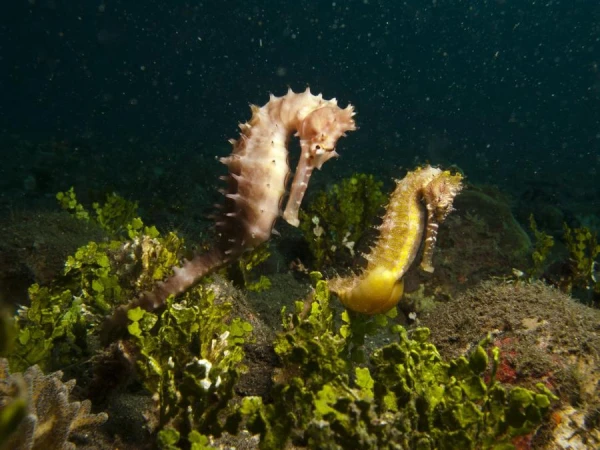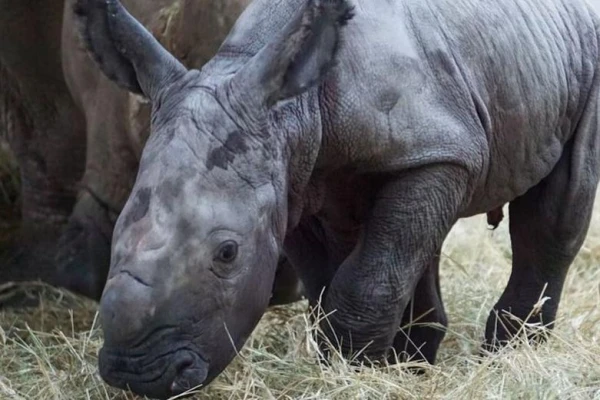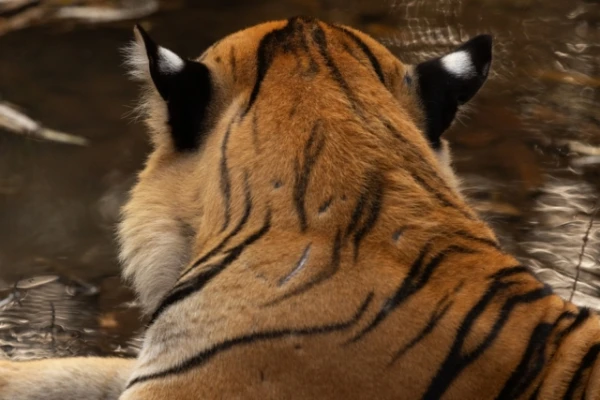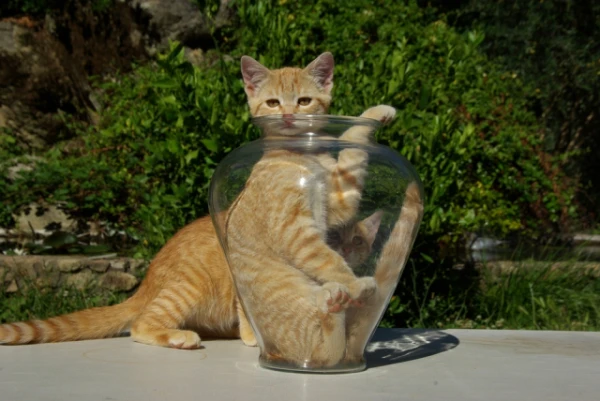
Underwater-dwelling creatures have several feeding methods. One of them is called suction feeding: food enters the mouth along with large volumes of water. To effectively carry out this process, different representatives of the fauna possess unique anatomical features. While studying seahorses, a group of Israeli biologists discovered unusual properties in these fish. It turned out that during hunting, seahorses transform their bodies into a spring-like form: using their dorsal muscles, they stretch an elastic tendon and turn their cervical vertebrae into a 'trigger.'
Researchers studied three species of seahorses: Hippocampus jayakari, Hippocampus fuscus, and Hippocampus hippocampus. These species differ in size, and the speed of head movement and suction flows depend on the length of the fish's snout. From an evolutionary perspective, seahorses found themselves at a crossroads at some point: they had to choose between a short snout for strong suction and moderate head lift or a long snout for quick head lift with weaker suction capabilities. This choice determines their diet: long-snouted species catch smaller and faster animals, while short-snouted ones hunt heavier prey. Among the 'long-snouted species,' the speed of muscle contraction turned out to be the highest in the world: the head changes its position in 0.002 seconds, which is at least 10 times faster than that of a fish of comparable size and on average 50 times faster than most known fish. However, 'suction feeding' requires significant energy expenditure, engaging cranial muscles and the front part of the swimming muscles. Seahorses have developed a unique mechanism for storing elastic energy by reducing the functionality of their swimming muscles. They indeed do not swim very well and spend most of their time attached to aquatic plants or corals.












